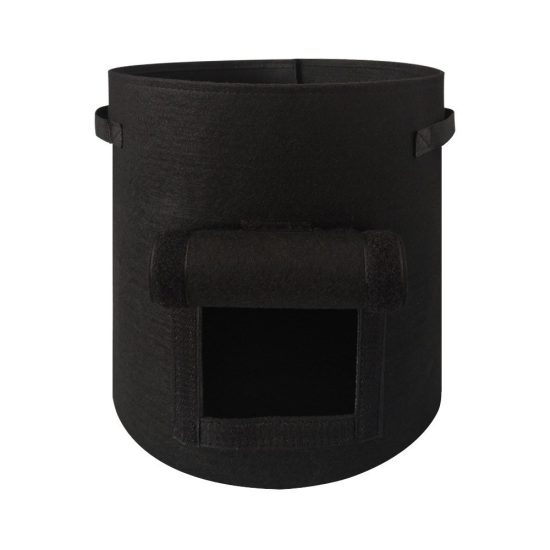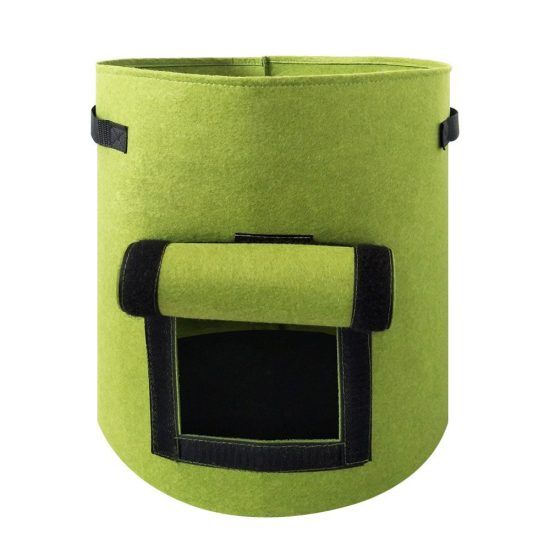Sandbags can indeed be a key tool for building functional strength. Here’s why sandbags are effective for developing functional strength:
- Real-life Movement Patterns: Sandbag exercises often involve movements that mimic real-life activities and sports. Squats, lunges, deadlifts, cleans, presses, carries, and throws with sandbags closely resemble movements you would perform in daily life or during sports activities. By training with sandbags, you develop strength that directly translates to improved performance in functional movements.
- Stability and Core Engagement: The shifting nature of sandbags requires your muscles, especially your core, to work harder to stabilize the load. This engages your deep core muscles, including the abdominals, obliques, and lower back, promoting core stability and strength. A strong core is essential for maintaining proper posture, preventing injuries, and generating power in functional movements.
- Whole-body Integration: Sandbag training promotes whole-body integration by engaging multiple muscle groups simultaneously. The uneven weight distribution of sandbags requires your body to work as a cohesive unit, rather than isolating specific muscles. This integration enhances your ability to perform coordinated movements and improves overall functional strength.
- Grip Strength and Forearm Development: The shifting load and irregular shape of sandbags challenge your grip strength and forearm muscles. Maintaining a secure hold on the sandbag requires you to develop grip strength and forearm endurance. Improved grip strength has functional applications in various activities and sports, such as lifting objects, climbing, and holding onto equipment.
- Unstable Load Training: Sandbags provide an unstable load, which requires your muscles to constantly adapt and stabilize the weight. Training with an unstable load strengthens the stabilizer muscles and joints, improving your ability to maintain balance and control during dynamic movements. This carries over to real-life situations where stability and balance are crucial.
- Adjustable Resistance: Sandbags offer the advantage of adjustable resistance by adding or removing sand. This allows you to tailor the weight and intensity of your sandbag exercises based on your current strength level and goals. The ability to adjust resistance promotes progressive overload, ensuring continued muscle adaptation and strength gains.
- Versatility and Adaptability: Sandbags are highly versatile and adaptable to different fitness levels and exercise variations. You can perform a wide range of exercises, modify grips and positions, and incorporate different movement patterns. This versatility allows you to target specific muscle groups, address imbalances, and cater to your unique fitness needs.
- Functional Strength Transfer: Sandbag training focuses on developing strength that directly translates to real-life activities and sports. By building functional strength with sandbags, you improve your ability to perform everyday tasks with ease, enhance sports performance, and reduce the risk of injuries during functional movements.
When incorporating sandbags into your functional strength training, start with lighter loads and focus on proper form and technique. Gradually increase the weight and intensity as your strength and proficiency improve. Seek guidance from a qualified fitness professional to ensure proper training, minimize the risk of injury, and maximize the benefits of sandbag training.
In summary, sandbags are an effective tool for building functional strength by targeting multiple muscle groups, improving core stability, developing grip strength, and promoting whole-body integration. Embrace sandbag training as a means to unlock your functional strength potential and enhance your performance in various activities and sports.


